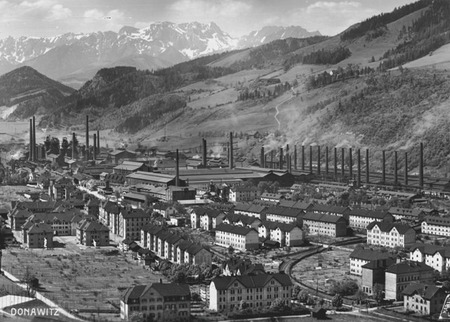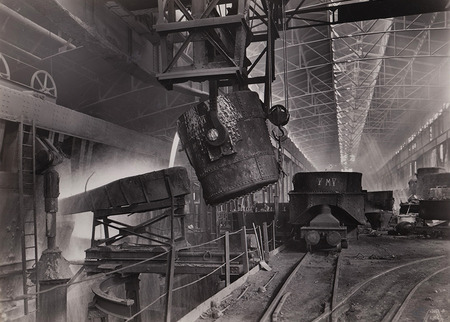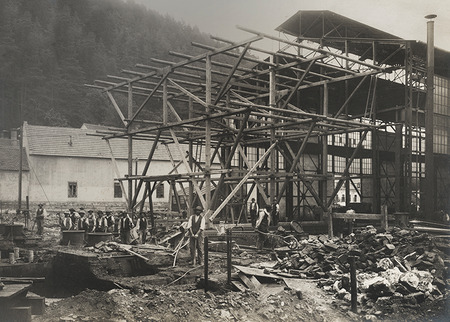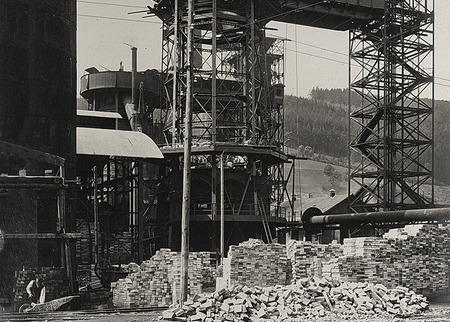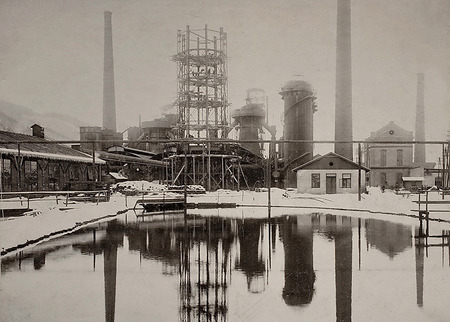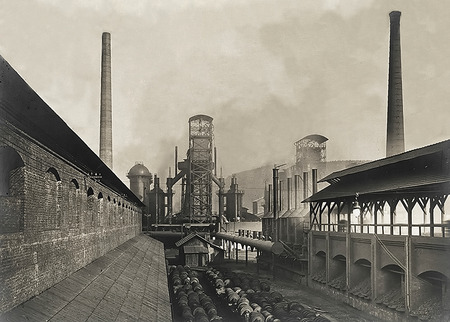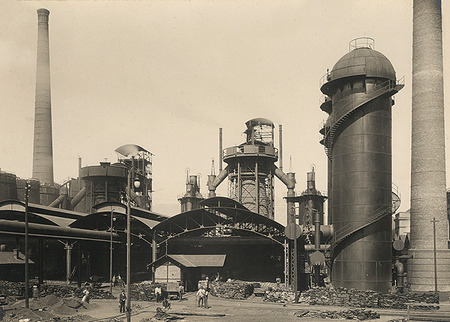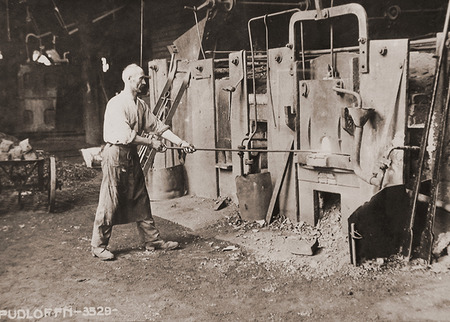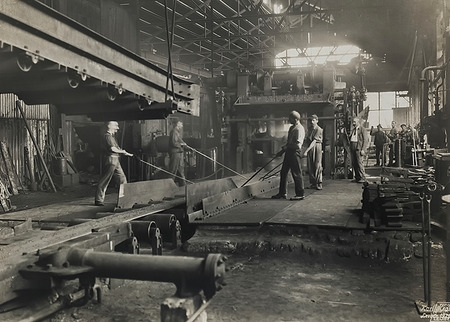The historical development of voestalpine Stahl Donawitz - Know-how for more than 140 years
1436 was a remarkable year for the Donawitz site. Consistent research and innovation developed the hammer mill works from then to the most important company in the field of steel production – voestalpine Stahl Donawitz GmbH.
The origins of today’s steelworks in Donawitz go back to the documented hammer mills from 1436. Ongoing changes in the structure of the iron-processing industry led to the first Styrian puddle steel production in the years 1834 to 1837. 1878 was marked by changes of the properties, the construction of the Donawitz-Vordernberg railway line to reduce transport costs and the building of the 1st open-hearth furnace – a new era in steel production began. The construction of a coke oven and the expansion of the Vordernberg-Eisenerz railway line made mass steel production possible. In 1881, the “Österreichische-Alpine Montagegesellschaft” (OAMG) took over the mill.
With the construction of a new beam and rail rolling mill in 1892, Donawitz was at the center of smelting in the monarchy. Shortly after the turn of the century in 1905, two coke ovens with a daily capacity of 400 tons of pig iron were built. After the commissioning of the 14th open-hearth furnace in 1912 Donawitz grew into the largest unitary steel mill in Europe.
Fuel shortages caused the plant in the time around the 1st World War in great turbulence. The construction of a 15-ton electric furnace around 1928 made it possible to produce low-to-medium-alloy special steels. This period also includes the production of electric manganese steel rails.
After Austria’s annexation by the German Empire, “Reichswerke AG Alpine Montanbetriebe” emerged after several fusions in 1941. At this time, the focus is on the production of war-required products in full operation of the individual plants. In addition, 3 arc furnaces, a 60-ton open-hearth furnace, a 4th blast furnace and a blooming mill. The reconstruction in the post-war period was based on the Marshall Plan from 1948. As a result, a new ingot line was put into operation in 1950, a continuous billet line in 1952 and a profile production line in 1954.
After one of the most important metallurgical developments in the 20th century, the LD steelworks in Donawitz was the second plant in the world to be built. It was opened on 22 May 1953. It is equipped with two 30-ton converters and a 500-ton pig iron mixer. Donawitz played a key role in the development to operational maturity of the LD process - the process by which most steel (60%) is produced worldwide. It is possible to process large quantities of pig iron and scrap economically, as well as to supply crude steel of special quality.
1973: Fusion of ÖAMG with „Vereinigte Österreichische Eisen- und Stahlwerke AG (VOEST)“
1991: Division of the company at the Donawitz site into three separate companies
1995: 5 October, Initial public offering of voestalpine Stahl AG
2000: Initial operation of the world's most modern compact LD steel mill
2005: Initial operation of the second vacuum system
2007: Initial operation of the debris water plant
2008: Initial operation of the power plant block
2019: Opening of the “Technikum Metallurgie”
In 2019, we put new research facilities into operation with the “Technikum Metallurgie (TechMet)” and the “Metallurgie Labor (MetLab)”. Together with our customers, these two systems can be used to efficiently develop new products and materials in addition to large-scale plants, on a very flexible, small scale and with short time-to-market times.
2020: Initial operation of the CC4 continuous casting machine
The new bloom continuous casting machine CC4, at the heart of the steel production in Donawitz, is currently the world’s modern plant of its kind and fully complies with Industry 4.0 standards. With the world’s unique combination of state-of-the-art plant and process technology, further quality improvement in the production of steel grades for the most demanding products is possible in the future. Materials can be developed efficiently.
